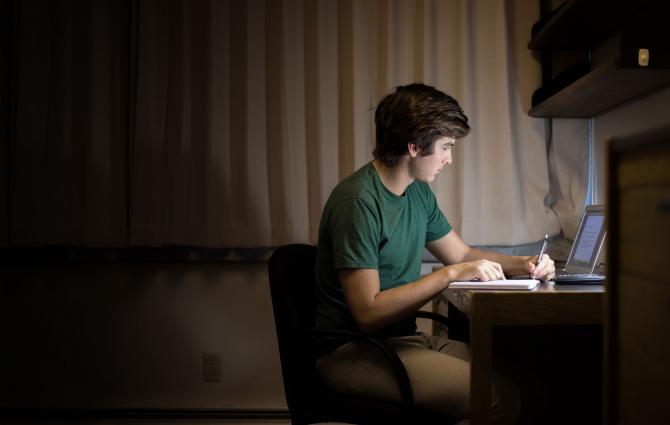As members of the UBC community, we all contribute to making UBC a more welcoming, respectful and inclusive environment.
Part of this is taking action when we observe behaviour that violates someone else’s rights. We have a responsibility to move beyond being just a bystander. We should all try to become “active” bystanders.
What’s the difference between a bystander and active bystander?
A bystander is someone who observes a conflict or unacceptable behaviour and does nothing to stop it. There may or may not be an immediate danger, but a bystander knows that what they are observing is wrong. A bystander may not know how to react or take action, and so doesn’t do anything.
A conflict or unacceptable behaviour could look like:
- Someone looking uncomfortable, looking away from the person they are with
- Someone saying ‘no’ and not having it be respected
- Someone inching awaying from someone else
- Someone pushing someone else away
- Hearing something you don’t think is right or is respectful
- Someone who is visibly hurt or unconscious
- Someone who is acting physically or verbally abusive toward another
- Someone looking distressed
- A gut feeling that something is not right
An active bystander is someone who sees something, says something, and does something. Active bystanders are people who actively engage in a situation and intervene to help the people involved. Learning about how to be an active bystander can help counteract the bystander effect, which is the tendency of bystanders to assume that something has already been done about a situation. Research shows that simply learning about the bystander effect can increase the likelihood that people will act as active bystanders in the future.
So when should you act and what should you do? First, prioritize your personal safety and following these guidelines.
The 3 D’s of saying and doing something:
Direct
Address the behaviour directly and verbally.
Delegate
Find another person who can intervene if you are unable to.
Distract
This might involve redirecting attention or creating a distraction, anything that can help break the flow of what might lead to violence.
For instance, I have worked as a Residence Advisor for several years. Recently, I observed a heterosexual couple arguing publicly. The woman looked quite uncomfortable during the argument, staring at the ground and crossing her arms. I walked over to the woman and pretended to know her, so I told her her friends were looking for her and that I could take her to them. It didn’t matter that I didn’t know the woman, because I managed to create a distraction that interrupted the flow of violence.
Being an “Active bystander” allows us to take responsibility for the health and wellbeing of our community and the people in it.



